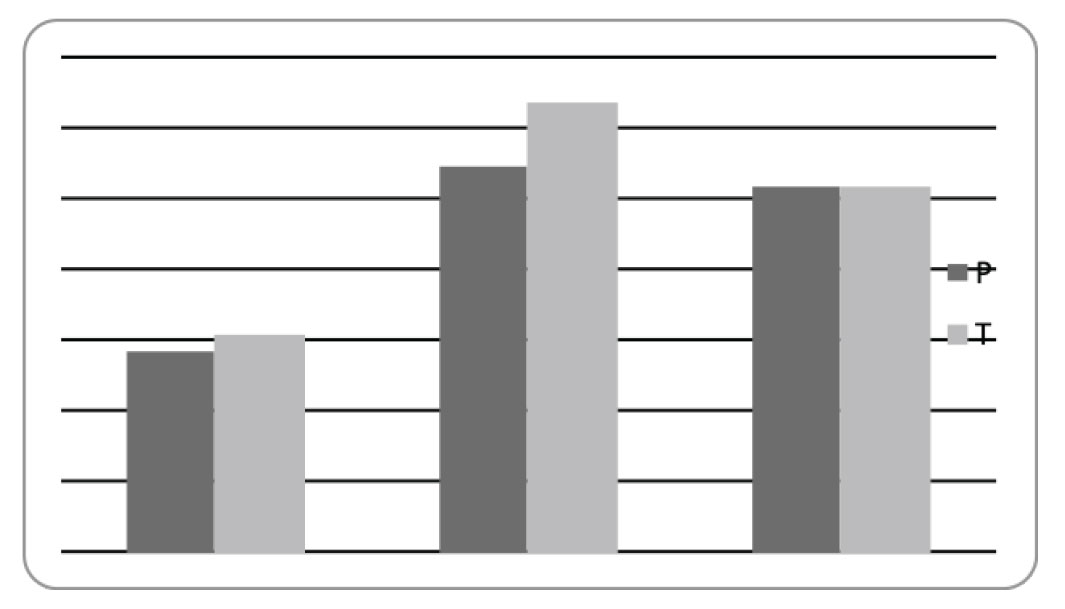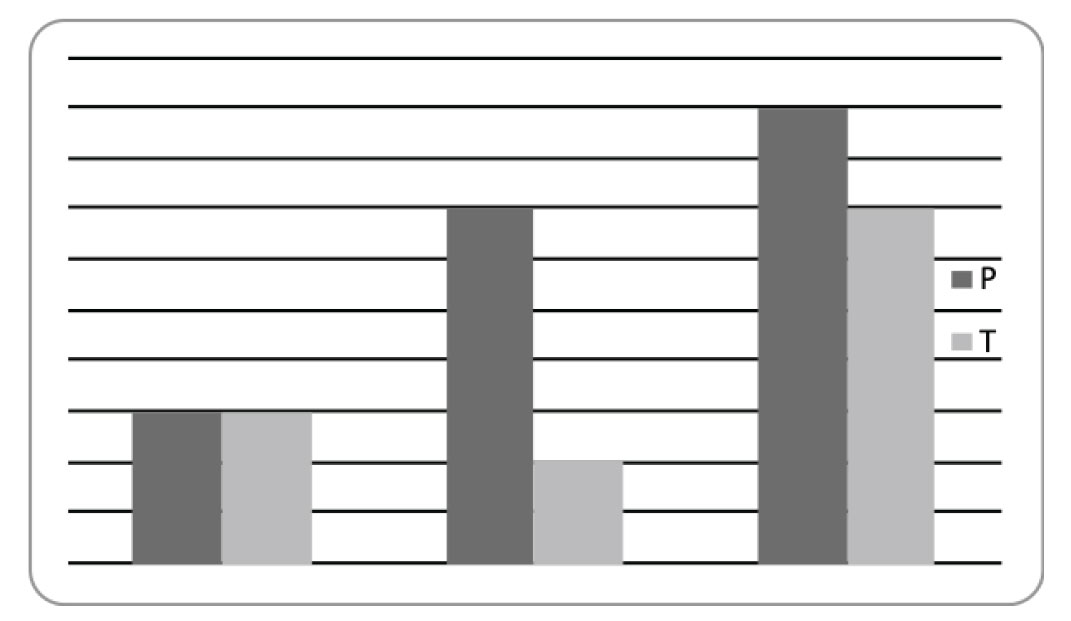Transfer of effect of dry-land resistance training on speed and parameters of swimming technique
ˑ:
Jerzy Sadowski
Józef Piłsudski University of Physical Education in Warsaw, Faculty of Physical Education and Health in Biała Podlaska. Department of Sports Sciences, Poland
Keywords: dry-land training, motor cycle length, ergometer, arm performance frequency.
Introduction. One of the promising and dynamically developing directions of increasing the efficiency of special preparation of swimmers is the use of various means during dry-land training. The main problem of dry-land resistance training is that strength, power and strength endurance often develop only in training exercise forms and not in competition-like forms, or negative transfer occurs. The size and direction of the cumulative transfer of the resistance training effect from dry-land to swimming conditions depends on the degree of copying the movement habit which occurs during swimming . Zaciorski [9] showed that even by using the barbell bench press exercise, you can get different strength gains depending on the position of the exerciser (angle of the bench). This shows how difficult and complex the process of selecting effective training means is. To maximize the positive transfer of the resistance training effect to the competition-like exercise, training simulators are used during swimming training [5, 7, 8].
Objective of the study was to determine the type and size of transfer of the effect of upper limb resistance training carried out on dry land with the use of a training simulator on the speed and parameters of the front crawl arm stroke technique.
Research structure and methods. The study involved (n = 40) physical education students, age: 21.3 ± 1.8 years, body weight: 79.1 ± 2.4 kg, body height: 179.8 ± 2.7 cm. The students were randomly divided into three groups, i.e. two experimental groups: T (n = 16) age 20.1 ± 0.9 years, body weight 79.0 ± 9.3 kg, body height 180.9 ± 4.9 cm, P ( n = 12) age 20.4 ± 1.0 years, body weight 76.8 ± 7.0 kg, body height 181.7 ± 3.0 cm and one control group K (n = 12) age 23.4 ± 1 , 5 years, body weight 81.5 ± 7.3 kg, body height 176.7 ± 4.7 cm. The analyses included only those students who completed the experimental program in full (100%).
A 12-week experiment was carried out. Group T did the swimming training supplemented with additional dry-land resistance training, while group P carried out the resistance and swimming training only in water. Group K participated only in the initial and final measurement. Swimming training sessions took place in a 25-meter swimming pool four times a week. Complementary resistance training sessions on dry land and in water took place three times in a microcycle. Group T practised on a training simulator, and group P swam using upper limbs only. The volume of resistance load was 300 seconds for each training session. Training in group T consisted of 6 series of 50 seconds of performance and 10 seconds of rest, and in group P the subjects swam according to the same scheme using upper limbs only for front crawl. In the power training, an ergometer according to the author's design made by JBA Zbigniew Staniak was used, together with the CPCv2.2 computer software [8]. Video analysis was performed when swimming at a distance of 75 m. It included measurement of swimming speed V (m/s), motor cycle length LC (m) and frequency of arm performance FC (cycles/min.). After exceeding the frequency of arm performance of 60 cycles/minute [2], the amount of resistance (blade surface) was increased (by 10%). The research was conducted in accordance with the ethical standards of the Declaration of Helsinki and the research was approved by the University Research Ethics Committee.
Methods of statistical analysis of research results. The effectiveness of experimental training was presented on the basis of the effect size [ES] calculated according to Cohen [1].
![]()
SD - standard deviation
The size of the transfer was calculated according to [3].
![]()
WT - transfer rate,
ES e - standard effect of experimental groups,
ES k - standard effect of the control group.
Control measurements were carried out before and immediately after the experiment. The computer program Statistica 13.3 was used for the calculations. Results. During the experiment, subjects from groups T and P performed the work in water with a volume of 74375 m. Efforts in the aerobic zone constituted 74.96%, anaerobic-aerobic performance accounted for 18.82%, while anaerobic performance made up 6.2% of the total work. In total, the volume of dry-land resistance training and training in water during the experiment was 10800 s each. Training effectiveness was assessed by the size of ES (Fig. 1). Group P achieved the greatest effects in arm stroke swimming only. According to Cohen, it was high ES (Fig. 1). In the analyzed parameters of swimming technique, only group P achieved medium ES in the LC, whereas the effect of changes in FC was low in both groups.

Fig. 1. Standard effect of resistance training at a distance of 75 m. (ES).
It turned out that the WT size depended on the type of resistance training (Fig. 2). Both positive and negative transfers were reported. FC analysis showed that the transfer size was the highest in group T. In group P, WT was 4.1% lower than in group T (Fig. 2). A positive transfer of the resistance training effect on the LC was also observed. WT in group T was about 18% higher than in group P. The most objective reflection of the phenomenon of transferring the resistance training effect was to compare the swimming results. The highest WT was noted in group T (103.4%), although in group P (102.7%) it was equally high (Fig. 2).

Fig. 2. Transfer of the resistance training cumulative effect on FC, LC and V in groups T and P in relation to group K at a distance of 75m (%).
Discussion. Nowadays, the latest technologies and various types of equipment are used in the training of swimmers. Also, feedback is used to maximize the arsenal of effective training means [2, 4, 5, 6, 7, 8, 9, 10]. The aim of the study was to determine the type and size of transfer of the effect of upper limb resistance training carried out on dry land with the use of a training simulator on the V and parameters of the front crawl arm stroke technique. A similar size of transfer was observed in groups P and T. Also, positive transfer of the resistance training effect on the FC observed in groups P and T – it was higher than in the control group by 56.9% and 61%, respectively. The transfer on the LC was higher. It was 108.8% in group P and 126.5% in group T. One of the highest values of transfer of the resistance training effect on the LC was found in their research by Naczk et al. [5]. Using the inertial training simulator, they recorded the effect transfer on the LC: at a distance of 50 m - 75.8% and at 100 m - 82%. In turn, Priluckij et al. [6] revealed a negative transfer of the effect of resistance training performed in water with the use of blades on the LC. Moreover, Roberts et al. [7] noted a negative transfer on the LC while swimming at a distance of 100 yards after resistance training on a biokinetic training simulator. It is worth noting that the transfer of the cumulative effect of resistance training on the LC depends to a small extent on the structure of the movement, and to a greater extent on the resistance used. Probably, similar volume and intensity of performance in resistance training used in our research gave similar effects. These results show the specificity of the effects of using certain training means. Next, the transfer of the resistance training effects on arm stroke swimming was analyzed. The transfer was the highest in group T and it was 0.6% higher than in group P. Many authors [4, 6, 8, 9] claim that the course of adaptation to training loads is definitely specific. Resistance exercises performed on the ergometer were similar to arm stroke swimming, and a slight advantage of group T over group P may be due to more accurate and easier power control on the training simulator. The research results prove the possibility of replacing resistance training in water with dry-land training with the use of the author’s design training simulator.
References
- Cohen J. Statistical Power Analysis for the Behavioural Sciences. Academic Press, New York. 1969, 415 p.
- Fomiczenko T.G. Siłowaja i techniczeskaja podgatowka pławcow pazlicznych wazrastnych gruppach. Fizkultura, obrazowanie, nauka. Moscow. 1998, 254 pp.
- Magill R.A. Motor learning and control. Concepts and Applications. 2014, 479 pp.
- Morais J.E., Silva A.J., Garrido N.D., Marinho D.A., Barbosa T.M. The transfer of strength and power into the stroke biomechanics of young swimmers over a 34-week period. European Journal of Sport Science, 2018, 18(6), pp. 1-9.
- Naczk M., Naczk A., Brzenczek-Owczarzak W., Arlet J., Adach, Z. Impact of inertial training on strength and power performance in young active men. The Journal of Strength & Conditioning Research. 2016, 30(8), pp. 2107-2113.
- Priluckij P.M., Petrowicz G.I., Paramonowa N. (2003). Ispołzowanie “siłowogo” pławanija w trenirowkie płowcow. Aktułni Probliemi Fiziczjeskoj Kułturi i Sporta, Kijew, 2003, pp. 110-114.
- Roberts A.J., Termin B., Reilly M.F., Pendergast D.R. Effectiveness of biokinetic training on swimming performance in collegiate swimmers. Journal of Swimming Research, 1991, 7(3), pp. 5-11.
- Sadowski J., Mastalerz A., Gromisz W., Jówko E., Buszta M. The effects of swimming and dry-land resistance training programme on non-swimmers. Polish Journal of Sport and Tourism, 2015, 22(1), pp. 35-40.
- Zaciorski W., M., Kraemer W., J. (2006). Science and practice of strength training. Human Kinetics. 2006, 264 pp.
- Zatoń K., Cześniewicz I., Szczepan S. Effects of Verbal Feedback on Movement Efficiency During Swimming Ergometry. Polish Journal of Sport and Tourism, 2018, 25(3), pp. 5-9.
Corresponding author: jerzy.sadowski@awf-bp.edu.pl, tel. 83 342-88-03
Abstract
The aim of the study was to determine the type and size of the cumulative transfer of the effect of dry-land upper limb resistance training on the speed and parameters of swimming technique. The study involved (n = 40) physical education students aged 21.3 ± 1.8 years, body weight: 79.1 ± 2.4 kg, body height: 179.8 ± 2.7 cm. The participants were randomly divided into three groups, i.e. two experimental groups: T (n = 16) and P (n = 12) and one control group K (n = 12). The basic research method was a twelve-week experiment. The experimental groups carried out resistance training - group T on the training simulator, group P in the form of arm stroke swimming. There was no training in group K. Control measurements included arm stroke swimming speed at a distance of 75 m during which the motor cycle length and the frequency of arm performance were determined. The measurements were carried out before and after the experiment. A positive transfer of the cumulative effect of upper limb resistance training on swimming speed at a distance of 75 m was found in groups T and P. The training transfer was higher in group T than in group P by 0.6%.



 Журнал "THEORY AND PRACTICE
Журнал "THEORY AND PRACTICE